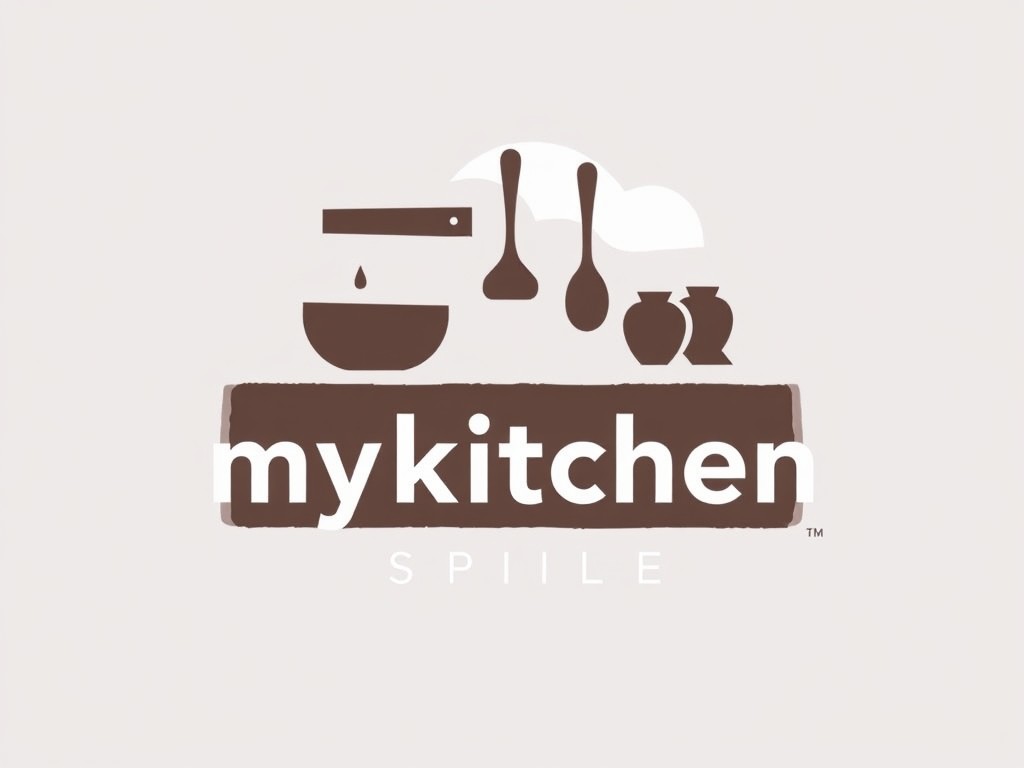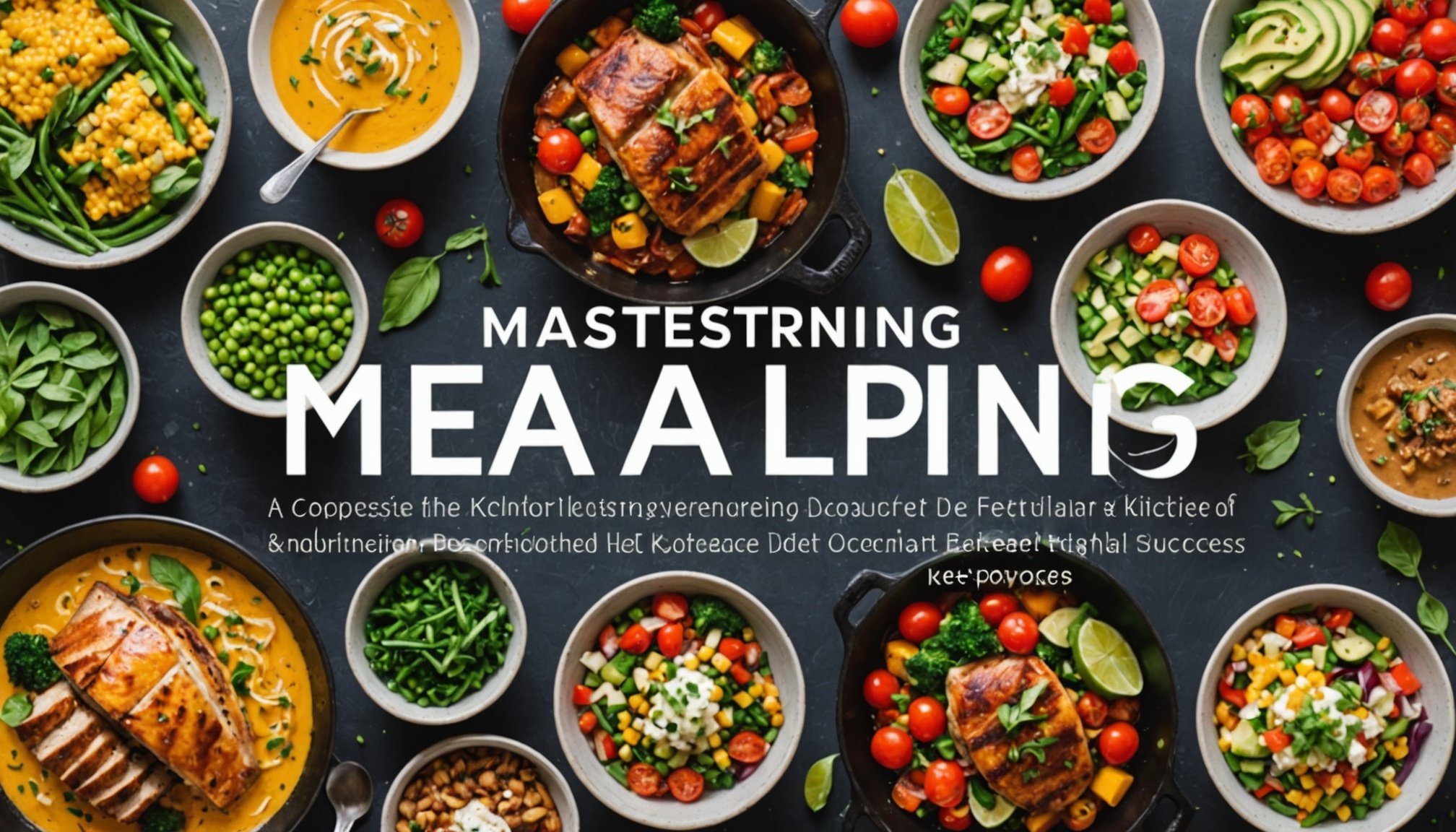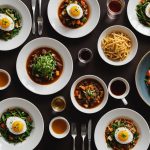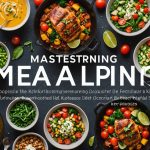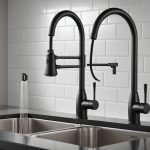Meal planning transforms your kitchen into an efficient hub, simplifying your journey toward better health. By organizing your space and meals, you eliminate the chaos of last-minute decisions, making nutritious eating more attainable. This guide provides actionable steps to create a streamlined kitchen, optimize your grocery list, and develop a meal plan that aligns with your dietary goals. Embrace the art of meal planning and unlock the benefits of a well-structured culinary environment. Get ready to enhance your diet success with practical strategies tailored for any lifestyle.
Understanding Meal Planning
Meal planning is a strategic approach to organizing meals for a specific period, typically a week. This process involves selecting recipes, listing ingredients, and scheduling cooking times. Understanding the basics of meal planning is crucial for anyone looking to improve their dietary habits, save time, and manage their budget more effectively.
Also to read : Mastering Kitchen TV Placement: Strategies to Enhance Meal Prep Focus and Minimize Distractions
The benefits of meal planning are manifold. Firstly, it promotes healthier eating by allowing individuals to control portion sizes and choose nutritious ingredients. It also aids in time management by reducing the stress of daily meal decisions and minimizing the frequency of grocery shopping trips. Additionally, meal planning can lead to significant cost savings, as it helps in avoiding impulse purchases and food waste.
Despite its advantages, there are common misconceptions about meal planning. Some believe it requires a significant time investment or that it restricts culinary creativity. However, with a bit of practice, meal planning can be a flexible and enjoyable routine. It empowers individuals to explore diverse cuisines while maintaining a balanced diet.
In parallel : Elevate Your Culinary Journey: The Benefits of Adjustable Lighting in Range Hoods for Health-Conscious Chefs
Incorporating meal planning basics into one's lifestyle can transform eating habits, offering a structured yet adaptable approach to food preparation. This practice not only supports health and wellness but also enhances daily living through efficiency and foresight.
Setting Up Your Kitchen Hub
Creating an efficient cooking space is essential for successful meal planning. A well-organized kitchen not only saves time but also enhances the cooking experience. Begin by identifying the essential kitchen tools and gadgets that facilitate meal preparation. Items such as sharp knives, cutting boards, measuring cups, and mixing bowls are fundamental. Additionally, consider investing in time-saving gadgets like food processors and slow cookers.
Kitchen organization plays a crucial role in streamlining meal prep. Arrange frequently used tools within easy reach and group similar items together. For example, keep all baking essentials like flour, sugar, and baking powder in one area. This setup reduces the time spent searching for ingredients and tools.
Creating a dedicated meal prep area can further enhance efficiency. Designate a specific section of your kitchen countertop for meal preparation tasks. This area should be equipped with the necessary tools and have ample space for chopping and mixing. By having a set location, you can avoid clutter and maintain focus on the task at hand.
Incorporating these strategies into your kitchen setup transforms it into a functional hub, fostering a more enjoyable and efficient cooking experience. With an organized kitchen, meal planning becomes less of a chore and more of a rewarding routine.
Pantry Stocking Essentials
A well-stocked pantry is the cornerstone of effective meal planning. Pantry organization not only saves time but also ensures you have the necessary ingredients for diverse meal options. Start by identifying must-have pantry staples. These include grains like rice and pasta, canned goods such as tomatoes and beans, and essential spices including salt, pepper, and garlic powder. Having these items on hand provides a foundation for countless recipes.
Stocking staples effectively requires a strategic approach. Group similar items together and use clear containers to store dry goods. This enhances visibility and keeps your pantry tidy. Consider labeling containers for easy identification, which reduces the time spent searching for ingredients.
To maintain a well-stocked pantry, regularly assess your inventory. Check expiry dates and make a list of items that need replenishing. This practice prevents last-minute grocery runs and ensures you’re always prepared to whip up a meal.
By incorporating these pantry organization strategies, you create a functional space that supports your meal planning efforts. A well-organized pantry not only simplifies the cooking process but also encourages culinary creativity, allowing you to explore new dishes with ease.
Creating a Meal Planning System
Developing a meal planning system can streamline your weekly planning process. Start by setting aside a specific day for planning your meals. This helps in organizing your week efficiently. Begin by selecting recipes that match your dietary preferences and nutritional needs. Prioritize recipes that use seasonal ingredients, as they are often fresher and more cost-effective.
To enhance your meal planning experience, consider using tools and apps designed for this purpose. Applications like Mealime or Paprika can assist in organizing recipes, generating shopping lists, and even suggesting meals based on what you have at home. These tools simplify the process, making it easier to stick to your plan.
Incorporating seasonal ingredients into your meal planning system not only adds variety to your diet but also supports local agriculture. Visit farmer's markets or check online resources to find out what produce is in season. This approach ensures that your meals are both nutritious and environmentally friendly.
By following these steps, you can create a flexible yet structured meal planning system. This method encourages healthier eating habits and reduces the stress associated with daily meal decisions, ultimately making cooking a more enjoyable and rewarding experience.
Meal Prep Strategies
Incorporating effective meal prep techniques is vital for enhancing your meal planning routine. One of the most efficient strategies is batch cooking, which involves preparing large quantities of food in advance. This approach not only saves time during busy weekdays but also ensures you always have healthy meals ready. Consider cooking staples like grains, proteins, and vegetables in bulk, then portion them into individual servings for easy access throughout the week.
Time-saving tips such as efficient chopping can significantly reduce prep time. Invest in quality knives and consider pre-cutting vegetables and storing them in airtight containers. This technique not only speeds up meal preparation but also keeps ingredients fresh and ready to use.
Another valuable strategy is to creatively use leftovers in future meals. Transform leftover roasted vegetables into a hearty soup or add cooked grains to a salad for a quick lunch option. This not only minimizes food waste but also adds variety to your meals.
By mastering these meal prep techniques, you can streamline your cooking process and make meal planning a more enjoyable and less time-consuming task. Embracing these practices encourages a healthier lifestyle and supports efficient kitchen management.
Recipe Ideas for Meal Planning
Incorporating a variety of healthy recipes into your meal planning can keep your diet exciting and nutritious. For those with busy lifestyles, quick meal ideas can be a lifesaver. Consider simple dishes like a stir-fry with mixed vegetables and tofu, or a quinoa salad with chickpeas and spinach. These meals are not only fast to prepare but also packed with nutrients.
For individuals with specific dietary preferences, such as vegan or gluten-free, meal planning offers a chance to explore diverse cuisines. A vegan curry with lentils and coconut milk or a gluten-free pasta with roasted vegetables can easily fit into your weekly menu. These options ensure everyone can enjoy a satisfying meal without compromising their dietary needs.
To avoid monotony, it's essential to rotate your recipes regularly. This can be achieved by maintaining a list of your favourite meals and introducing new dishes each week. Experimenting with different cuisines or seasonal ingredients can add variety to your meal planning routine.
By focusing on healthy recipes and diverse meal ideas, you can create a meal plan that is both enjoyable and aligned with your lifestyle and dietary preferences.
Overcoming Meal Planning Challenges
Meal planning challenges can often deter people from sticking to their plans. One common obstacle is the perception of time constraints. Many feel they lack the time to plan meals amidst a busy schedule. To address this, consider setting aside a specific day each week dedicated solely to planning and preparation. This habit can streamline the process and make it more manageable.
Staying motivated and consistent is another hurdle. Over time, the initial enthusiasm for meal planning may wane. To combat this, regularly introduce new recipes or themes, such as "Meatless Mondays" or "Taco Tuesdays," to keep things exciting. Additionally, involving family or friends in the planning process can add a social element that boosts motivation.
Unexpected schedule changes can disrupt even the best-laid plans. To handle this without stress, maintain a flexible approach. Keep a few easy-to-make meals in your repertoire that require minimal preparation. Having backup options, like frozen meals or pantry staples, ensures you can adapt quickly to changes.
By recognizing and addressing these meal planning challenges, you can create a sustainable routine that accommodates your lifestyle. This proactive approach not only enhances your meal planning experience but also supports long-term success in maintaining healthy eating habits.
Visual Tools and Checklists
Incorporating Meal Planning Checklists and Visual Aids can significantly enhance your meal planning process. Checklists provide a structured approach to organizing meals, ensuring nothing is overlooked. They help in tracking ingredients, managing portions, and scheduling cooking times, which streamlines the entire planning process.
Sample templates for weekly meal planning are invaluable tools. These templates typically include sections for breakfast, lunch, dinner, and snacks, along with spaces for listing ingredients and preparation steps. By using these, you can visualize your week's meals at a glance, making it easier to identify gaps or overlaps in your plan.
Visual aids, such as charts or infographics, further improve meal prep efficiency. They allow you to quickly assess nutritional balance and portion sizes, ensuring that your meals are both healthy and satisfying. For example, a colour-coded chart can highlight different food groups, helping you maintain a balanced diet.
Utilizing these Visual Tools and Checklists not only simplifies meal planning but also fosters consistency and creativity in the kitchen. By having a clear plan and visual guide, you can reduce stress and enjoy a more organised and enjoyable cooking experience.
Promoting Healthier Eating Habits
Meal planning is a powerful tool for achieving nutritional goals and fostering healthier eating habits. By organizing meals in advance, individuals can ensure that their diet is balanced and aligned with their health objectives. This proactive approach enables the inclusion of a variety of food groups, essential for meeting daily nutritional requirements.
To incorporate variety into your diet, consider rotating recipes and experimenting with different cuisines. This not only prevents dietary monotony but also exposes you to a broader range of nutrients. Including seasonal produce can enhance both the flavour and nutritional value of your meals, while also supporting local agriculture.
Meal planning plays a crucial role in mindful eating practices. By pre-selecting meals, you can focus on portion control and the quality of ingredients, reducing the likelihood of impulsive, unhealthy choices. This mindfulness extends to understanding the nutritional content of your meals, allowing for informed decisions that support your healthy eating journey.
Incorporating these strategies into your meal planning routine can significantly improve your dietary habits. By focusing on nutritional goals and variety, you create a sustainable and enjoyable approach to eating that promotes overall well-being.
